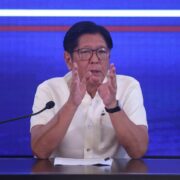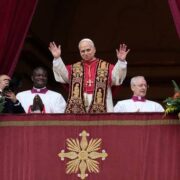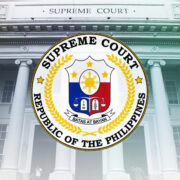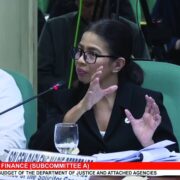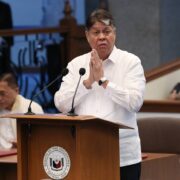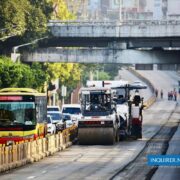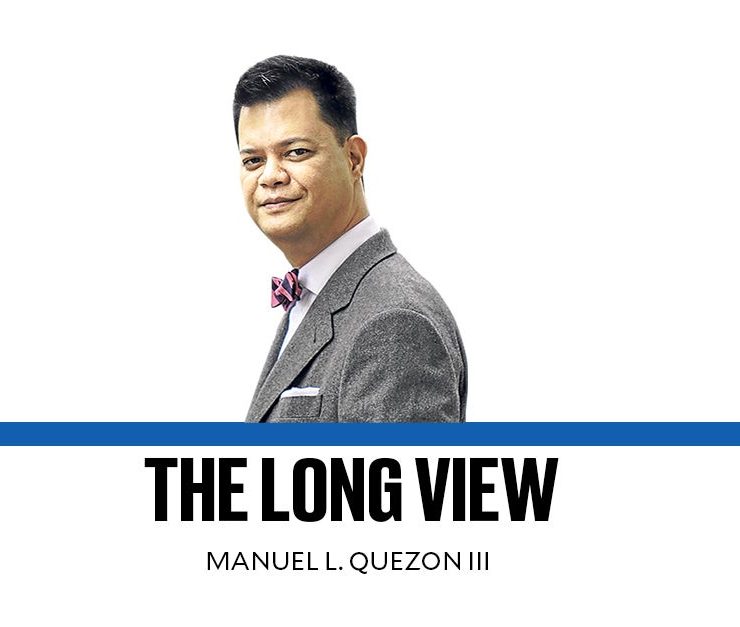Dispatch from South Korea (2)

When President Yoon addressed his countrymen on the day he was due to be impeached, he was unyielding and defiant, signaling to his party they should put up a fight. The first gambit of the President’s party was to propose that instead of a messy impeachment (including months of waiting for the Constitutional Court to hand down a verdict—itself a tricky question since the court still has three vacancies which the President is supposed to fill), the Constitution should be amended to reduce the president’s term to four years with the possibility of one reelection. It was a stillborn idea.
Withdrawing from the exercise of power became the second and more durable proposal. The ruling party would stay but Yoon would have to go, not least because among those he’d ordered arrested when he declared martial law, was Han Dong-hoon, the leader of his own party.
And so the party leader (who is not an elected official) announced that the President would “no longer be involved in state affairs” but also, that an “orderly early resignation” would take place. In the meantime, the party leader and the Prime Minister would assume the President’s functions. The opposition (and public opinion) predictably reacted with fury, characterizing the scheme as a “second coup.” Neither the party leader nor the Prime Minister (who himself had offered to resign eight months ago) are elected, after all. In the meantime, skirmishing in the legislature led to proposals for the President to be stripped of his security and for a special prosecutor to be appointed.
The peril for the opposition, for things being dragged out, is that it might shine the spotlight back on the opposition leader who is the most popular politician in South Korea but rather flawed himself.
It took time for Yoon’s party to decide how or when he should exactly go. The brilliantly named “Political Stabilization Task Force” of the People Power Party ended up deciding between resignation in February (with April elections) or March (with May elections).
On Dec. 10, preceded by a banner hung outside party HQ (“We will not avoid responsibility and prevent chaos”), a timetable was finally due to be announced: but it never came. Instead, reports started trickling out that the President refused to sanction any schedule involving his stepping down. Confusion reigned as no one quite knew who was in charge of the government. As a presidential spokesman replied to the Financial Times, when asked who is running South Korea, “There is no official answer to that question.”
A turf war ensued among the police, prosecutors, and the corruption investigation office on investigating Yoon. Police arrested two of their own highest officials and on Dec. 11, the prosecutors had already arrested the ex-defense minister, and there was speculation Yoon himself might face arrest.
In the meantime, details continued to emerge, testifying to the ambitious nature of the martial law attempt, even as the charges against him started solidifying in the direction of his being charged with engaging in insurrection. Implicated generals and Cabinet officials who’d passively sat through the President’s scheming proved increasingly chatty, revealing the President had wanted the leader of his own party as well as of the opposition arrested, and troops brought in from the provinces to the capital. Even as lawmakers proceed to hold a vote on martial law, Yoon was calling officers telling them to disrupt the proceedings and drag the assemblymen out of the hall. There were even exceptionally lurid allegations that assassinations and provocations of North Korea had been planned, though these relied on only one fairly dubious witness.
The noose continued to tighten. Two special prosecution bills were passed by the National Assembly, one focused on insurrection, the other, on the President’s wife. The President’s party picked a new parliamentary leader considered to belong to the President’s faction.
Also on Dec. 12, Yoon reappeared to address a yet-again stunned nation for half an hour by defiantly announcing his preference to take his chances in an impeachment: with three vacancies in the constitutional court that would try an impeachment, Yoon would only need to convince one judge to avoid conviction.
It turned out to be the last straw for a president so isolated that when he tried to appoint a new defense minister, two of those he wanted to appoint bluntly refused to have anything to do with a scheme involving the disgraced president wielding his powers. The leader of Yoon’s party immediately responded to the speech by announcing he now supported impeachment, confirming Yoon had no intention of resigning,
While a proposal to expel him outright from his own party failed, it finally led to the second impeachment complaint on Dec. 13, focused on constitutional violations; language critical of his reconciliation with Japan or of alleging he’d provoked China, North Korea, and Russia, were removed this time around. Ominously, the tally of party mates of the president publicly supporting impeachment reached seven, just one shy of the eight defections needed to impeach.
A million South Koreans had gathered around the National Assembly for the historic vote on Dec. 14. A half mile of wreaths were lined up outside the embattled president’s office, from his supporters. Within four days, the leadership of the president’s party had resigned. And then, it was done. He was impeached, suspended, and will be on trial.
(To be concluded)
—————-
Email: mlquezon3@gmail.com; Twitter: @mlq3



